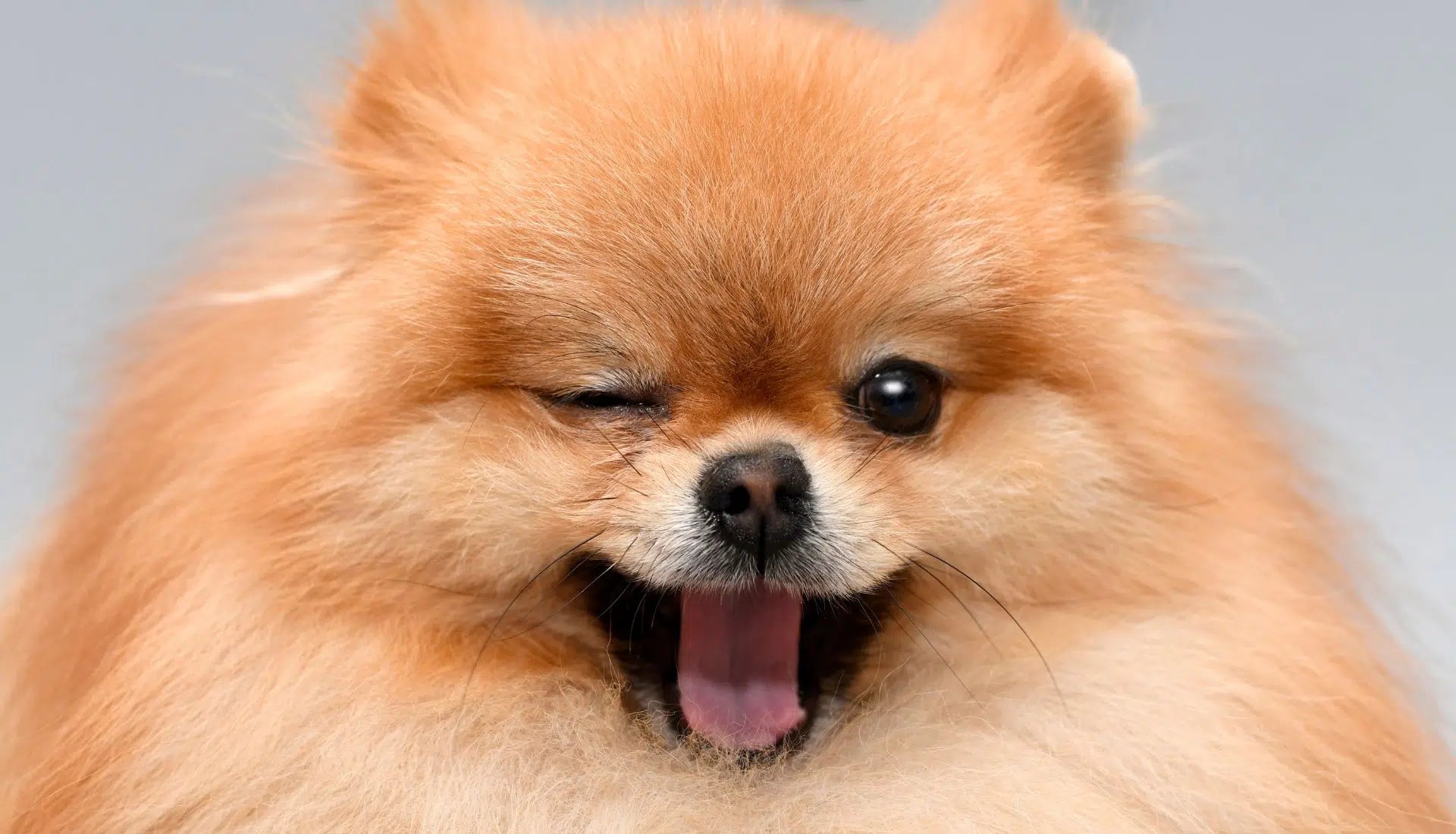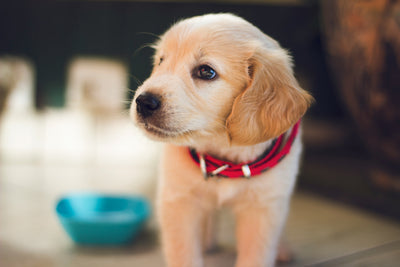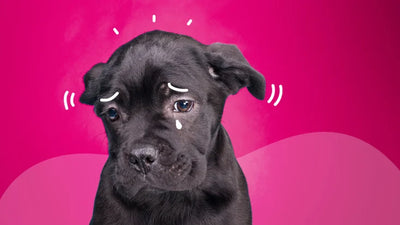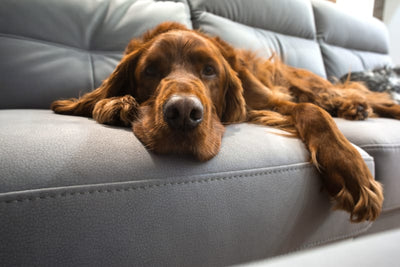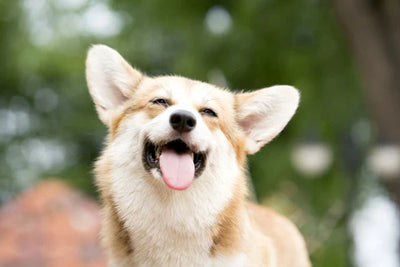Dog cookies are trending! Those oh-so-cute cookies elicit such joy in humans and that reaction gets their furbabies excited. Unfortunately, those gourmet dog treats can get expensive, so many pet owners wonder if they can make homemade dog treats. Of course, to get those pretty colors, they have to use food coloring. Is food coloring safe for dogs, though? Below you will learn the answer to the question: can dogs have food coloring?

Can Dogs Have Food Coloring?
Food coloring is o.k. in moderation. In other words, you wouldn’t want to give your dog food coloring in small amounts. For instance, changing the color of the frosting on a dog cookie is fine.
Several reports have been released connecting the ingestion of artificial food coloring to brain tumors and thyroid tumors. As you will read below, there are conflicting views on whether artificial colors caused them.
To be extra safe, use natural food coloring. Natural food coloring vs. artificial food coloring is made from spices and powders, such as turmeric and beet powder. By deriving food dye from natural sources, you can be extra confident it won’t hurt your pooch.
What the FDA Says About Dogs Having Food Coloring
Purina and other dog food manufacturers use food dye in their products, but it’s approved by the U.S. Food and Drug Administration (FDA). The FDA has tested food dyes in pet foods and deemed them safe.
Artificial colors such as Red Dye 40 have received a lot of attention over the last few years because there has been some evidence of causing behavioral problems in children with ADHD. Considering this, many pet parents wonder if the same would be true for their furbabies. Fortunately, the FDA approves it and regards the evidence as inconclusive.
CSPI Answers the Question: Is Food Coloring Safe for Dogs?
The Center for Science in the Public Interest (CSPI) published a report stating, “Blue 2 cannot be considered safe given the statistically significant incidence of tumors, particularly brain gliomas, in male rats. It should not be used in foods.”
The CSPI found similar results for Red 40 and Yellow 5 in rats. You can read the full report here.

If the above information worries you, you can avoid any risks by choosing natural food coloring or pet-safe food coloring.
Are Artificial Dyes in Dog Food Safe?
Many dog food manufacturers use artificial coloring in their dog products. Due to the conflicting information on whether artificial food colors may or may not cause medical conditions in your pet, it may be a good idea to choose natural noncolored dog food or a brand that uses natural food coloring for dogs.
You can find natural noncolored dog food in some pet stores but you’ll have an easier time buying it online. D.O.G.’s Store has healthy pet foods that are noncolored or use natural food coloring.
The bonus is that dog food and treats made with artificial food coloring are usually processed. Processed foods are known to cause medical issues in dogs and people. Choose natural dog food (fresh raw dog food) to avoid processed foods including the ones that use unnatural food colors.
Food Coloring for Dyeing a Dog’s Coat
For those interested in dying their dog’s coat, use food coloring. It’s the safest and most recommended way to dye a dog’s coat.

Using human hair dye on a dog’s hair can lead to serious allergic reactions and skin issues. This includes human hair dye that is labeled as natural or for sensitive scalps. Never use human hair dye on your furbaby.
When shopping for natural food coloring online be sure to check the ingredient list. Natural food coloring should include ingredients such as:
- Fruits
- Herbs
- Flowers
- Vegetables
Dog owners will be excited to know that there are plenty of food colors safe for dogs:
- Yellow
- Green
- Pink
…and many others.
Many dog owners have indeed used artificial coloring to dye their dog’s hair, but many have tried it and ended up with a dog with serious skin issues due to allergic reactions.
It’s better to be safe than sorry. Avoid artificial food dyes for both homemade dog treats AND dying your pooch’s hair.

DogFact
Dogs have dichromatic vision. They can only discern between blue and yellow.
Since dogs cannot see a rainbow of colors, the color of their food and treats doesn’t affect their happiness. What does have an effect is their humans’ happiness and excitement when they are presented with a brightly colored dog treat.

Artificial food colors may not be harmful to your pooch, especially in very small doses, but it also doesn’t provide any nutritional value. Since your dog’s health and longevity depend on diet and exercise, it’s best to choose natural food coloring for dogs vs. artificial food dyes. At least with natural food coloring, they benefit from the nutrition of fresh vegetables, fruits, etc.
Pet owners interested in dyeing their dog’s coat – do it with a gentle all-natural dye to prevent skin issues.


